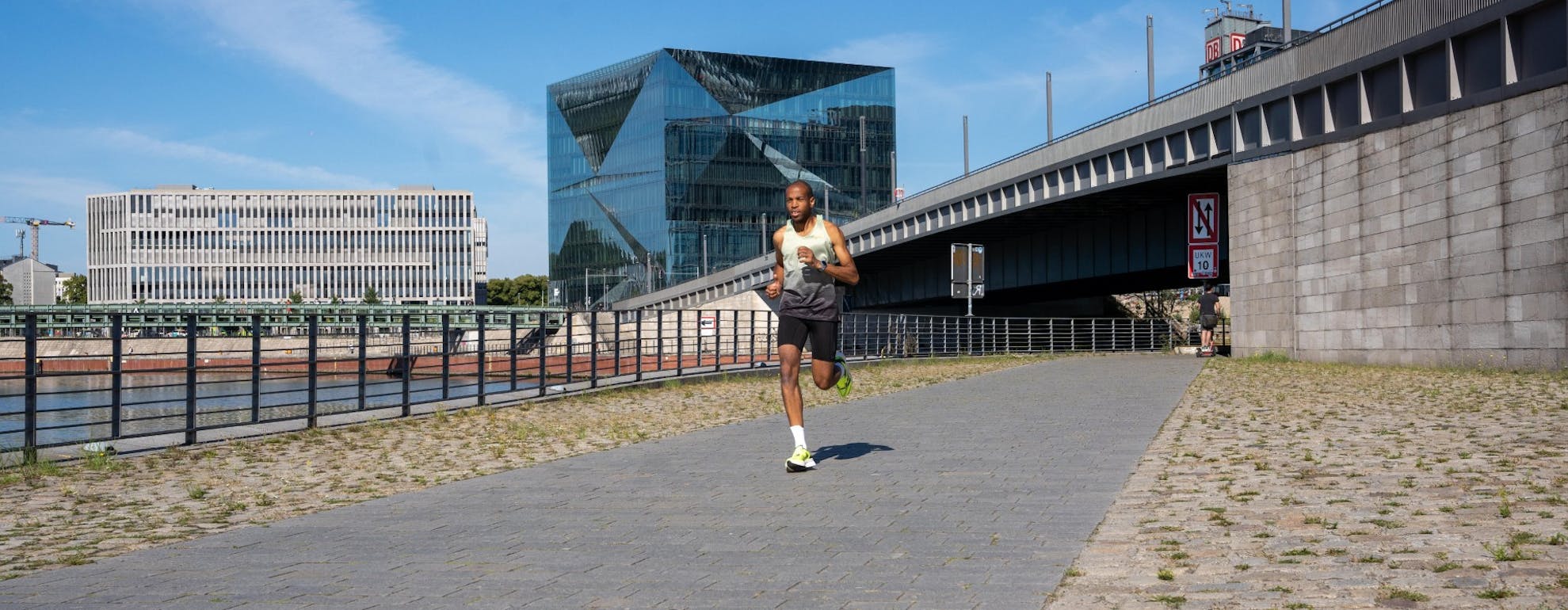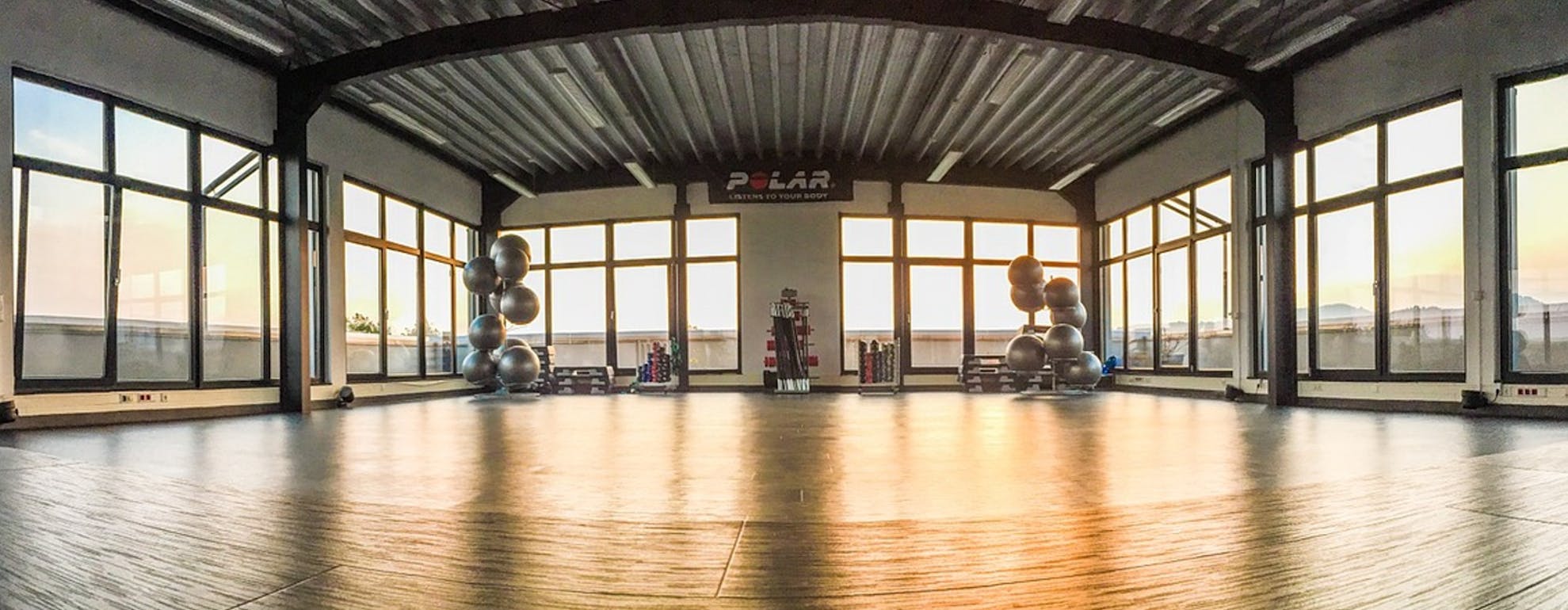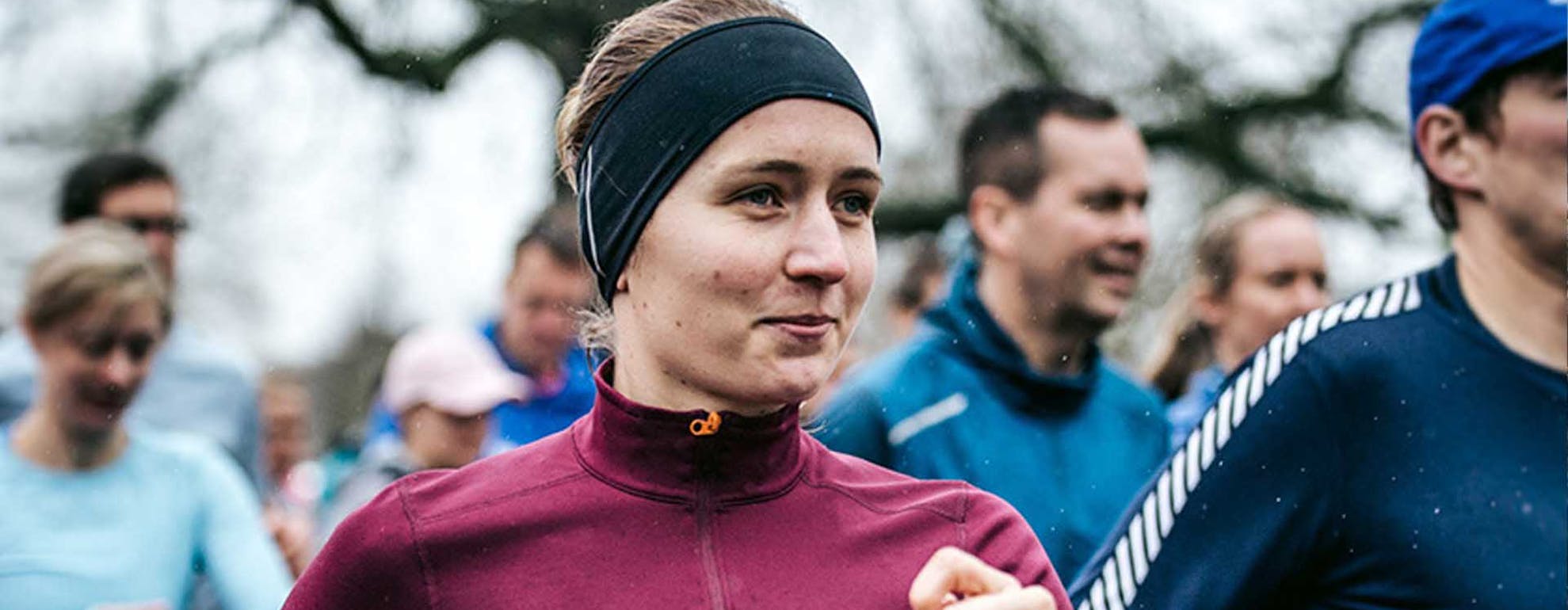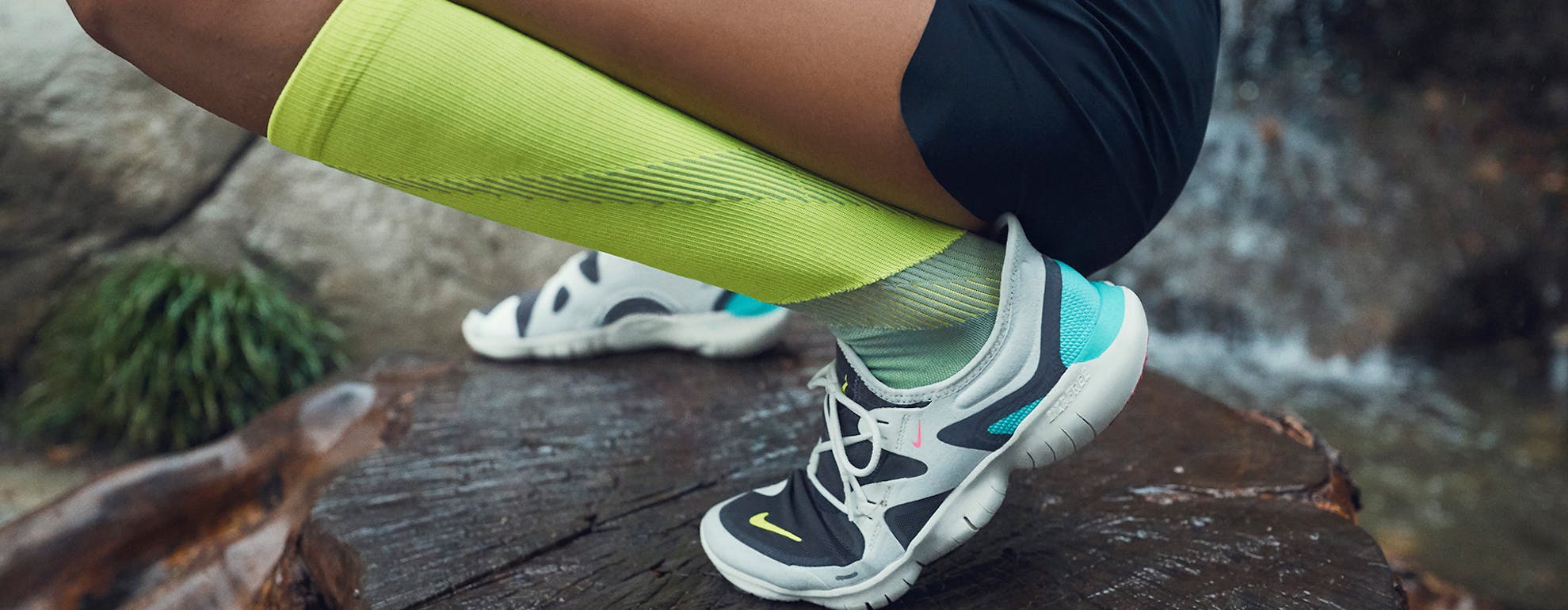
The Importance of Foot Mechanics in Running
Running is one of the most fundamental movement patterns that us humans have. But just as we have evolved, so to has the science behind how we run. SportsShoes has teamed up with sports scientist and top Nike coach, Luke Worthington to explore the importance of foot mechanics and gait in running.
ㅤ
As humans we have evolved to have a bipedal reciprocal gait pattern that allows all of our body’s other complimentary systems to function. What this means is that, everything from our respiratory and digestive systems through to our spatial awareness and emotional state are directly affected by the primary movement pattern of walking. Therefore, walking or running is essential to have an optimally functioning and pain free body.
ㅤ
The notion of foot mechanics was first popularized by Daniel Lieberman’s Born to Run, a book which inspired a whole movement of barefoot running. Countless runners took to the streets in their minimalist five finger shoes and immediately reported back with bruised heels, stress fractures and Achilles tendonitis. Why this happened is quite simple – our bare feet have evolved over millennia to move, but to move over uneven and irregular surface – grass, sand, rocks. Tarmacked and paved road surfaces are – in evolutionary terms – incredibly recent developments. Accepting our feet are designed to move freely is correct, but they didn’t evolve to cope with the impact of running over concrete!
ㅤ
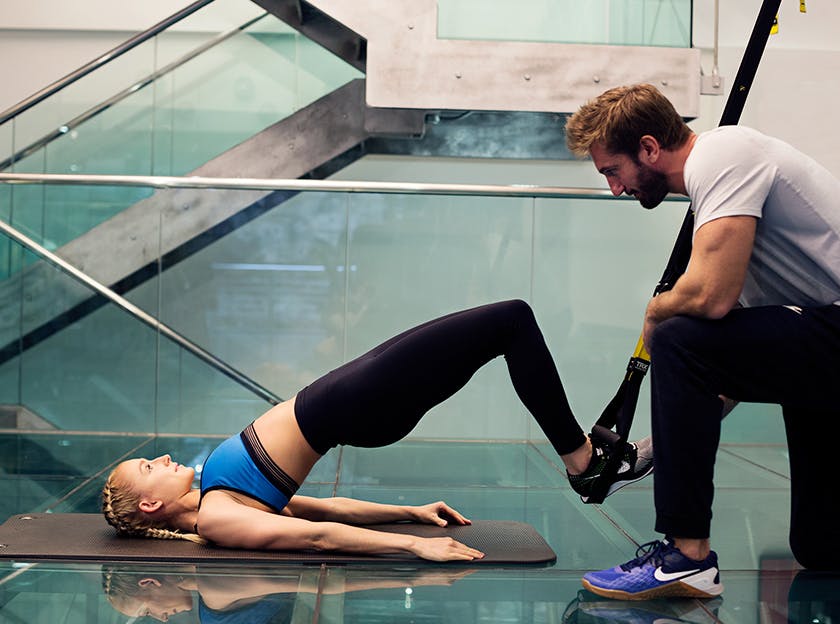
ㅤ
What our feet actually need is protection from the impact of running over artificial surfaces, but also the flexibility to go through their natural process of pronation and supination. This is a tricky balance to strike, but not impossible. To understand the importance of this we need to consider the biomechanics when we run:
The calcaneus, or the heelbone, is one of the most important bones in the skeleton. Both for providing stability to the foot, but also for providing sensory input to the brain, and assisting with its determination of where it (and therefore you) are.
ㅤ
All motion in the foot and ankle occurs about six joint axes:
- Talocrural
- Subtalar
- Longitudinal Midtarsal
- Oblique Midtarsal
- First Ray
- Fifth Ray
ㅤ
The subtalar (talocalcaneal) joint is the most important of all of these when running, because when it pronates (turns towards the midline) the forefoot unlocks, and when it supinates (turns away from the midline) the forefoot is locked. When running, the foot is required to move through tri-planar motion (multiple directions at the same time). If this doesn’t happen – then other joints further up the kinetic chain are required to provide compensatory movement and this can cause issues.
ㅤ
Running requires sequenced flexion of the joints of one leg whilst simultaneously producing sequenced extension of the opposite leg. The ankle is the initiator of sequenced flexion (dorsiflexion / lifting toes up), which then continues up to the knee (heel towards bum) and then the hip (lifting the knee in front of the body). The hip is the initiator of extension, which then travels down the chain ending in the ‘toe off’. When this sequencing is out of line, we have a foot unable to pronate, and a forefoot locked against a pronated foot – which in turn creates a shear force at the ankle and subsequent wear and tear of the joint capsule. If pronation is unable to occur, or occurs too late on the gait cycle for stable propulsion, then we can also create instability of the lumbo pelvic joints and what’s known as tibial varum (bow legs), this can cause issues at the knee, hip and the lower back – all due to a locked-up foot!
ㅤ
In short – if a foot can not pronate and supinate freely during gait – then we will quite literally run into trouble.
ㅤ
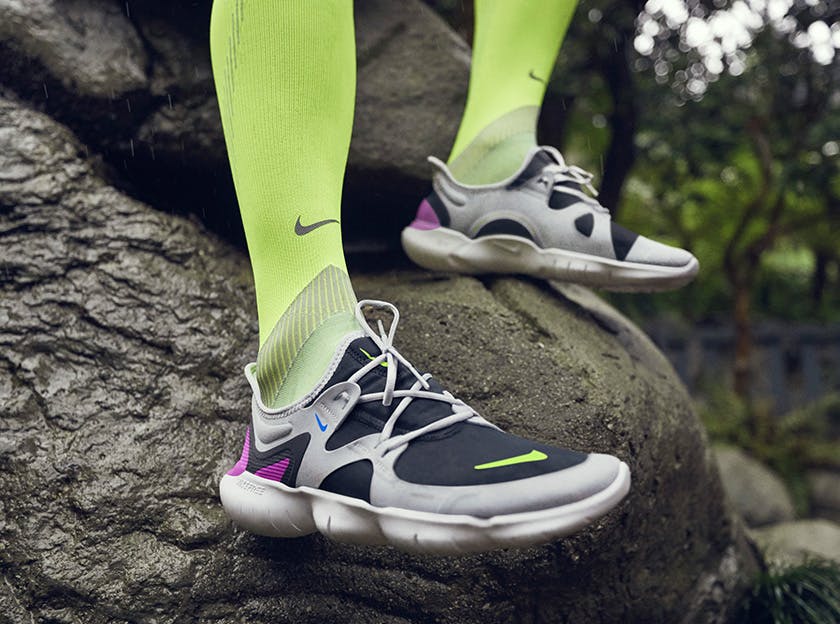
ㅤ
The Nike Free shoe allows all 33 joints of the human foot to move as they were intended to when running. It also allows the same 33% angle during toe off that is achieved during barefoot running but with protection for that vital calcaneus bone. The Nike Free sits comfortably in that mid way between barefoot styles and fully arch supporting shoes that can restrict movement. Being ‘middle of the road’ isn’t often the glamorous end of the sport and fitness industry – but in this case being somewhere in the middle is the right answer.
ㅤ
Looking for some training tips and advice? Then head over to our Training category where our athletes and experts explain everything you need to know.
Welcome
Welcome to the SportsShoes Training Hub! We’ve teamed up with athletes and experts to bring you the very best advice on how to maximise your workouts and achieve your best results.
Read More
Share this
Featured Articles
View All

